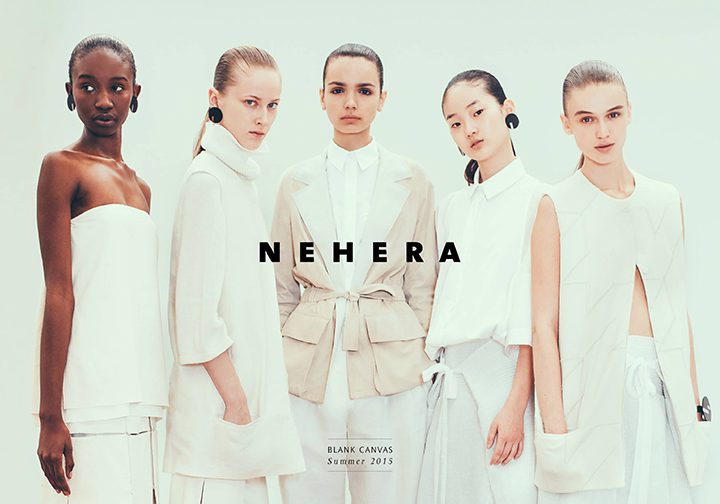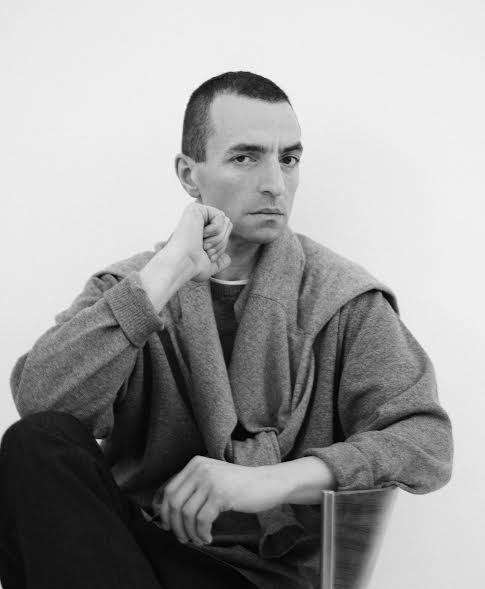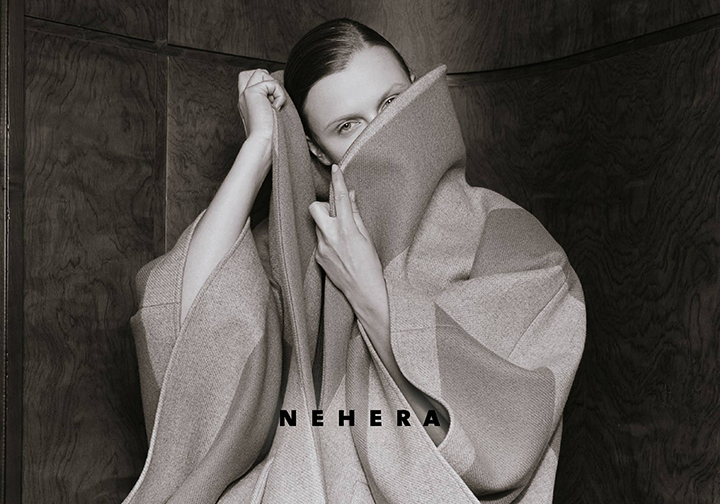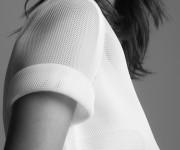Samuel Drira is co-founder and chief-in-editor of French fashion magazine Encens, he is the man who perfectly knows the inside life of fashion houses such as The Row, Hugo Boss, Hermès and Damir Doma. A few years after his trip to Slovakia, he could not imagine that he was ready to exchange global fashion names into the little-known NEHERA fashion house in Prague. Ladislav Zdut, who acquired rights for the NEHERA brand in 1998, convinced Samuel to become a creative director and revive the history of NEHERA, which established by Jan Neher at the end of XIX century. As stated by Samuel himself, he likes challenges, so taking an incredibly difficult mission to resurrect once known throughout all Europe the name of NEHERA was what he needed. He has recently made his debut during Paris Fashion Week, and he begins to write a different fashion history, followed more by austere minimalism.
What was the reason you have decided to restore NEHERA? How did you come to NEHERA? What does this brand means to you?
Well, when I took the flight for my first time in Bratislava, I heard about NEHERA only a day before. Then I met Ladislav Zdut, who owns the rights to the brand NEHERA, and I couldn’t help myself. He is a wonderful storyteller. I have been working in the fashion field since quite long now, and I never considered my profession as a comfort zone. I like to jump in the unknown waters, and NEHERA seemed to be the right thing to do.
How could you describe the style and aesthetics of NEHERA? What kind of technologies and materials are used?
Its classic, but the proportions and the way the pieces putted together is very unorthodox. I like to create gestures, there is a lot of knotting and wrapping at NEHERA and I like when the wearer is someone that you have to decipher, because you do not get any information about his status from his clothes. Even if we use the most expensive fabrics, there is no screaming luxury.
When you are creating a new collection, what is the proportion between historical background of NEHERA and modern culture? Is it always important for you to maintain such balance?
I do not think about past when I create a collection. Even my own one is totally erased. Rick Owens told me once that fashion is about hope. Making a collection is just about that.
You have studied philosophy. Does philosophy has its impact on your collections, if yes, then how is it reflected?
Philosophy helps you to put a brand in perspective. There is so many ways to get lost during the process, and sometimes any kind of justification is welcome, when you have to choose between 75 types of buttons. But at the end of the day, I totally subscribe to a quote of Issey Miyake saying that – ‘design is not for philosophy, it’s for life’.
Tell us more about the inspiration. What kind of things inspire you most? From where it comes? How it is transformed into clothing?
It may sound like a terrible cliché, but I am inspired by women. I like mystery. I like enigmas. My favorite picture of the last pre-fall is the one where Kamila, our model, is hiding her face behind a big cape. I think she is saying more about herself than in offering a bare face, and I find this extremely inspiring.
How many times NEHERA’s collections were presented during Paris Fashion Week? What kind of idea lies behind the new collection “Blank Canvas”?
The NEHERA SS 2014 our first collection presented during Paris Fashion Week. The idea behind “Blank Canvas” that we were starting from scratch.
How do you imagine the future of NEHERA? How you would like to see this brand?
I would like to see it bright in every sense of the words.
Thank you!


























